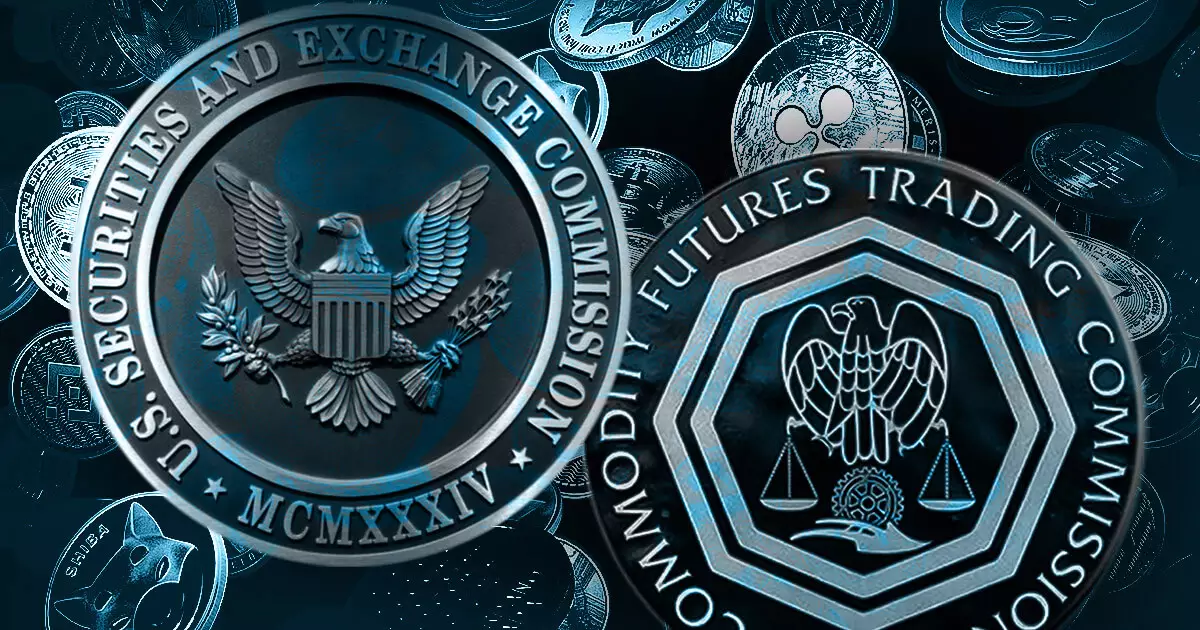The landscape of digital asset regulation in the United States is undergoing significant transformation, as evidenced by the renewed discussions involving the U.S. Securities and Exchange Commission (SEC) and the Commodity Futures Trading Commission (CFTC). As these two pivotal regulatory bodies consider a collaborative approach, their goal appears to be the establishment of a comprehensive framework to oversee the rapidly evolving sector of digital currencies and assets. This cooperation not only promises to streamline regulatory efforts but also addresses the complexity of jurisdictional overlaps that have historically plagued both agencies.
The concept of a cooperative body between the SEC and CFTC is not novel. Initially established in 2010, the CFTC-SEC Joint Advisory Committee (JAC) was designed to tackle overlapping regulatory issues and promote consistency in oversight. Its main objectives included evaluating emerging financial risks and proposing measures to enhance investor protection. However, despite its promising inception, the JAC’s influence diminished after it ceased operations in 2014 due to changing leadership dynamics within both agencies. The proposed revival of this committee serves as an acknowledgment of past missteps and an effort to fortify the regulatory landscape in light of new financial technologies.
The push to reinstate the JAC can largely be attributed to the proactive stance taken by current CFTC leadership, particularly Acting Chair Caroline Pham. Pham’s advocacy for the committee highlights a recognition that digital asset regulation requires more than a fragmented approach; it necessitates a unified strategy that both the SEC and CFTC can endorse. By operating in concert, these agencies could effectively clarify jurisdictional boundaries, thereby reducing confusion for market participants and fostering an environment conducive to innovation.
In addition to the JAC’s potential revival, both regulatory bodies are exhibiting a shift in their operational paradigms. For example, the CFTC has initiated pilot programs focused on incorporating tokenized assets, including stablecoins, into derivatives trading. This move signifies a willingness to adapt and explore innovative financial products rather than merely impose restrictions. Concurrently, the SEC is under a new leadership regime that is signaling a move away from past enforcement-centric policies, instead opting for dialogue and collaboration with industry stakeholders to chart a path forward.
The collaboration set forth by the SEC and CFTC could herald a new chapter for digital asset regulation, characterized by clear guidelines and cooperative oversight. Commissioner Hester Peirce’s leadership of the newly formed Crypto Task Force underscores the focus on creating a predictable regulatory environment. This development is crucial for mitigating legal uncertainties that deter investment and innovation.
The landscape for digital assets is not merely an arena for regulatory scrutiny; it is also a burgeoning domain for economic growth and technological advancement. By engaging in constructive conversations and establishing a coherent regulatory framework, the SEC and CFTC can effectively balance the dual objectives of encouraging market development and safeguarding investor interests. As financial technology continues to evolve, the ability of these agencies to adapt and collaborate will be critical in shaping the future of digital finance in the United States and beyond.
















Leave a Reply